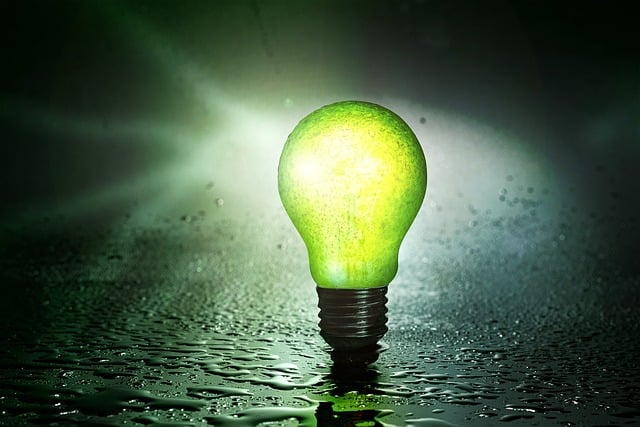You have heard of solar power, wind power and water power through turbines built into dams, but have you heard of geothermal energy?
This is another form of renewable energy and it involves the heat being generated by the earth itself. It has a number of applications when it comes to household and business electricity needs, too, making it highly valuable to society.
The heat is usually held in rock masses like granite or generated by steam from heated underwater supplies. There are four primary kinds of geothermal energy including:

- Hot springs that have been heated by volcanic activity and generate steam;
- Hot sedimentary aquifers that have been heated by rocks or crustal heat flow;
- Enhanced geothermal systems which are located in the centre of rocks deep beneath the earth’s crust and;
- Direct use systems which are underground water supplies that are hotter than those on the earth’s surface.
While this technology might be in its infancy compared to other renewable sources, there are geothermal power plants located around the world. And there are ongoing exploration efforts continuing in Australia to try and locate geothermal sources which could one day be used to power our homes and businesses.
As you explore diverse renewable energy options, considering solar quotes from Energy Matters can provide insights into the evolving landscape of sustainable energy, ensuring you stay informed about possibilities that align with the advancement of renewable technologies in Australia.
How can we use geothermal energy for our electricity needs?
The primary method of electricity production at geothermal plants is steam and there are three different kinds of plant, dry steam, flash steam, and binary cycle.
Dry steam extracts the product directly from beneath the surface of the earth and direct them into a turbine or generator unit. There are only two active dry steam plants active in the world at present, at The Geysers in northern California and Yellowstone National Park in Wyoming – home of popular tourist attraction and geyser, Old Faithful.
Flash steam power plants are more common and tap into underground water supplies where the hot water is allowed to rise up through wells under its own pressure. As it nears the surface boiling water turns into steam which is funnelled into turbines or generators.
And binary cycle power plants use not (not boiling) water to heat an organic compound with a low boiling point which is vaporised and directed into a turbine.
Why Australia is a prime candidate for the use of geothermal energy
Although there is no current commercial production of geothermal energy in Australia, there is plenty of exploration work being conducted and there are promising signs that we could begin production in the near future.
There are three main barriers standing between Australians and the use of geothermal energy including:
- Location: more exploration and documentation of viable sources needs to be carried out
- Tapping into it: Methods need to be developed and funded to extract the hot fluids from the underground reservoirs and
- Finances: The up-front capital costs presently vastly outweigh the commercial benefit
Exploration projects are continuing though and there is hope that with great untapped reserves beneath the surface that one day we could use geothermal energy as a viable renewable source.











































